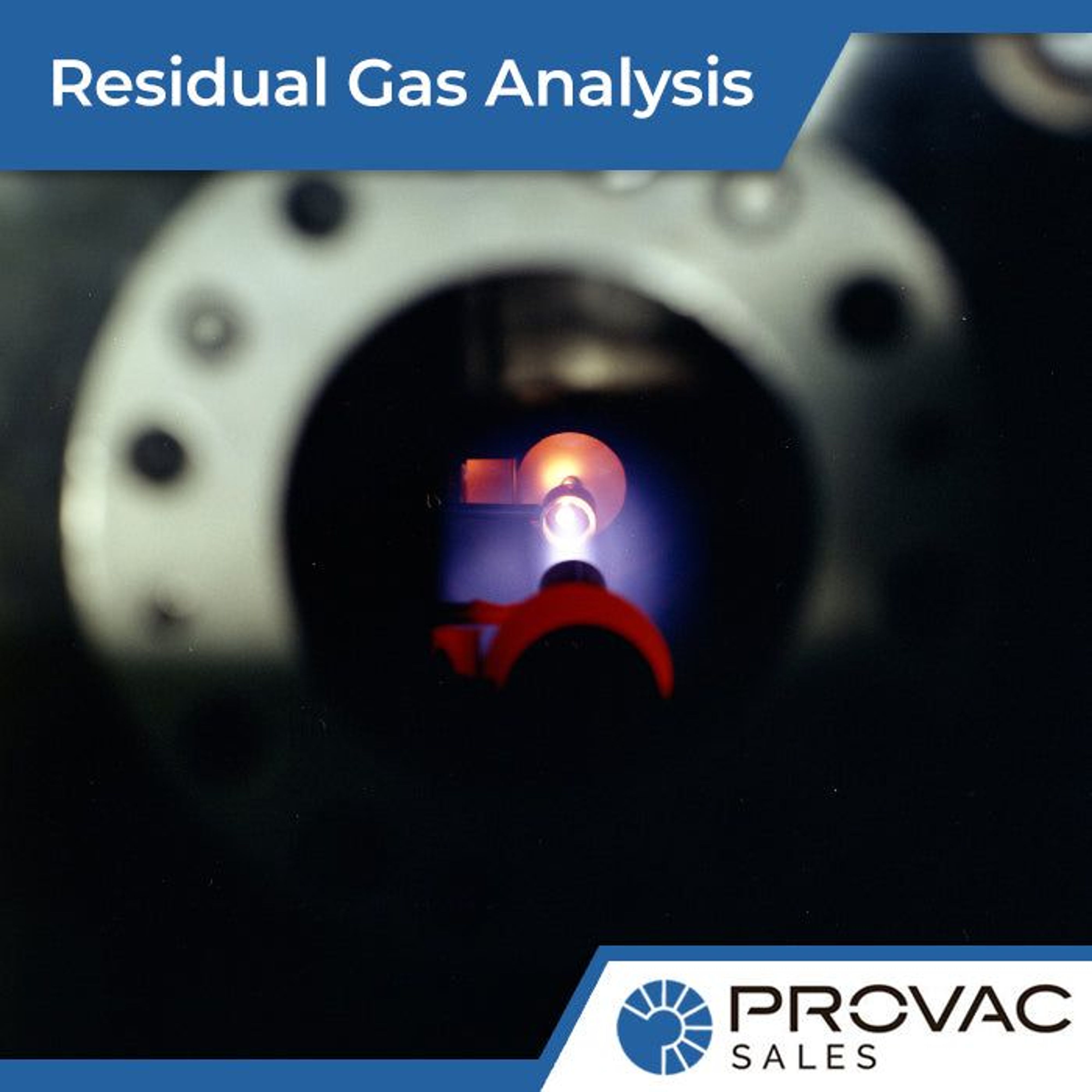When it comes to analyzing residual gas, one of the more common methods is mass spectrometry. This helps analyze the management of chemical substances, which can help measure the amount of pressure.
Mass spectrometers are designed for assessing gasses. Of course, these devices can also assist with analyzing liquid and/or solid substances as long as they have been vaporized through an upstream inlet system. Once the gas is pushed through into a vacuum chamber, it can be placed under low pressure before getting ionized. All of the ions that are then produced will be separated using a traditional mass filter based on the underlying charge-to-mass ratio.
For the substances to be assessed in detail, they have to go through a vacuum chamber using a metering valve/capillary.
The analyzer is made up of several different components and each one has a unique role.
These components include:
- The Ion Source - Helps ionize neutral gas particles
- Mass Filter - The neutral gas particles are distributed through the mass filter based on the mass-to-charge ratio m/e
- Faraday Detector - The ion current is measured with the help of this device once the molecules have gone through the mass filter. This is done based on the generation of the molecules in the ion source.
- Data Analysis System - The ion currents are measured using the Faraday detector, which leads to different types of currents. Once this is done, the underlying software program runs through the incoming data to determine what's happening.
Due to the number of versions that are available on the open market, mass spectrometers tend to be unique. One of the unique qualities that come with mass spectrometers comes in the form of separating systems. This comes in the form of different types of mass filters.
These include:
- Sector Field Devices - The premise of this is to produce a deflection effect leading to multiple moving charge carriers.
- Time-of-Flight Mass (TOF) Spectrometers - This leads to a variety of speeds associated with the molecules with the idea of creating separation.
- Ion Traps - This creates a high-frequency field, which changes the direction of the ions.
- Quadrupole Mass Spectrometers - This creates moving ions that lead to a high-frequency field.
Mass spectrometers tend to be unique because they are well-made, easy to use, and managed as helium leak detectors. With a mass range between 2 u and 4 u, this makes mass spectrometers unique. This allows manufacturers to quickly create a robust, small-sized mass spectrometer.





